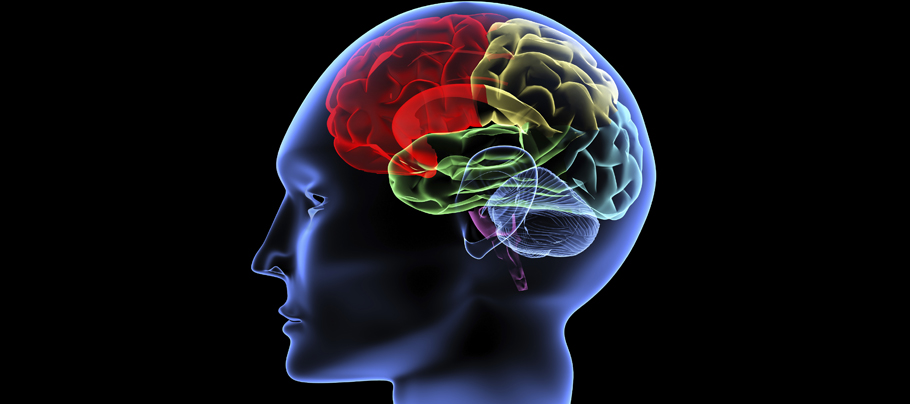Another successful EORTC rare tumour trial: latest CATNON results presented at ASCO
18 Sep 2019
Results from an EORTC trial presented at ASCO 2019 in June show once again the importance of international collaboration in rare cancers; without such a widespread effort, establishing the standard of care in these cancers would be impossible.
Professor Martin van den Bent, a neurologist/neuro-oncologist at the brain tumour centre at Erasmus MC Cancer Institute, Rotterdam, The Netherlands, reported on the second interim analysis of the Phase III CATNON trial, which studied the outcome of adding the chemotherapy agent temozolomide (TMZ) to radiotherapy in patients with the rare brain tumour anaplastic glioma.
“The early results of the CATNON study had shown that administering TMZ after radiotherapy improved patient outcomes. At that time, we could not show benefit in giving the treatment during radiotherapy. But, following further follow-up and after carrying out a molecular analysis we found that those tumours with a particular kind of mutation – an IDH mutation – are those that respond to TMZ, and that they do so when it is given both during and after radiotherapy treatment,” he said.
The researchers, from ten countries worldwide, randomised 751 adult patents with newly diagnosed non-co-deleted anaplastic glioma to radiotherapy alone, radiotherapy with concurrent TMZ, radiotherapy with adjuvant TMZ (given after treatment), and radiotherapy with both concurrent and adjuvant TMZ. Analysis found that, in the entire study consort, giving concurrent TMZ did not increase survival. But in IDH-mutated tumours, the investigators saw a trend towards a benefit for concurrent TMZ.
Mutations in the IDH gene are known to be involved in cancer, and IDH is a valuable biomarker in determining treatment and predicting outcome. Researchers now know that anaplastic glioma without a particular molecular marker – a chromosomal 1p/19q co-deletion* – can be divided into those with and without an IDH mutation.
“We are currently expanding the molecular analysis to get more confidence in the observations we made concerning the effect of giving TMZ during radiotherapy,” says Prof van den Bent. “It may be necessary to change our treatment paradigm to accommodate this finding. However, there is a concern that giving concurrent TMZ and radiotherapy may increase early treatment-associated necrosis, so we would need to have observed a very clear survival benefit before making this change. We hope to have more data on this before the end of the year, and to be able to give better treatment guidelines to clinicians based on future analyses.”
*Complete deletion of both the short arm of chromosome 1 (1p) and the long arm of chromosome 19 (19q)
Related News
Meet the new EORTC Board
9 Jul 2024
We are pleased to announce the release of the EORTC 2023 Annual Report
17 Jun 2024
Dr Denis Lacombe, EORTC CEO, appointed stakeholder co-chair of ACT EU advisory group
24 May 2024
Clinical Trials Day 2024: a Q&A on pragmatic clinical trials
20 May 2024
EORTC/EMA workshop suggests an international way forward for treatment optimisation studies
8 May 2024
EORTC’s Participation at the ESTRO Congress 2024
29 Apr 2024
EORTC: Advancing research and treatment for rare cancers
29 Feb 2024
EORTC Fellowship Programme: celebrating more than 20 years of impactful collaboration
22 Feb 2024
Appointment of Malte Peters as EORTC Strategic Alliance Officer
9 Feb 2024
Unique series of workshops in partnership with the European Medicines Agency (EMA)
7 Feb 2024


